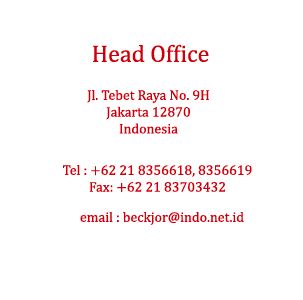Container Weight Verification
Container Weight Verification - Effective July 1, 2016, any shipping container leaving from any port in the world must be accompanied by a shipping document signed either electronically or in hard copy by the shipper on the bill of lading listing the verified gross weight of a container in order to be loaded onto a ship. The container weight mandate from the International Maritime Organization under the Safety of Life at Sea (SOLAS) convention comes after misdeclared weights contributed to maritime casualties such as the breakup and subsequent beaching of the MSC Napoli on the southern U.K. coast in 2007 and the partial capsizing a feeder ship in the Spanish port of Algeciras in June, 2015.
The weighing must be done in one of two approved ways, called Method 1 and Method 2, on scales calibrated and certified to the national standards of the country where the weighing was performed. Many of finer points of the new regulation have not yet been finalized, such as enforcement, and what happens to a container that arrives at a port without the necessary documentation or if the verified gross mass (VGM) declaration for a container turns out to be false or incorrect.
The change to the SOLAS convention will require that all weights are properly verified using an approved method. If the gross mass of containers is not verified by the shipper, or not stated in the shipping document, the terminal operator must not load the containers on board a ship.
Container weight verification options
The SOLAS regulations prescribe two methods by which the shipper may obtain the verified gross weigh of a packed container.
Method No. 1.
- Upon the conclusion of packing and sealing a container and using calibrated and certified equipment, the shipper may weigh, or have arranged that a third party weigh, the packed container, SOLAS Regulation, paragraph 4.1; IMO Guidelines, paragraph 5.1.1. The scale, weighbridge, lifting equipment or other devices used to verify the gross mass of the container must meet the applicable accuracy standards and requirements of the State in which the equipment is being used. IMO Guidelines, paragraph 7.1.
- Method No. 1 is appropriate to use for any packed container and any kinds of goods.
Method No. 2.
- The Shipper (or, by arrangement of the shipper, a third party) may weigh all packages and cargo items, including the mass of pallets, dunnage and other packing and securing material to be packed in the container, and add the tare mass of the container to the sum of the single masses of the container’s contents. IMO Guidelines, paragraph 5.1.2.
- The weighing equipment used to weigh the contents of the container must meet the applicable accuracy standards and requirements of the State in which the equipment is being used. IMO Guidelines, paragraph 7.1.
- The tare mass of the particular container is visible on the exterior of the container and should be used. IMO Guidelines, paragraph 12.1.
- Estimating the weight of a container’s contents is not permitted.
- The Party packing the container cannot use the weight somebody else has provided, except in one specific set of defined circumstance where the cargo has been previously weighed and tha weight is clearly and permanently marked on the surface of the goods.
